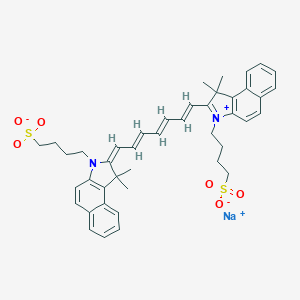Assessment of cardiac output
Adult: 5 mg injected rapidly via a cardiac catheter. Max: 2 mg/kg. Doses are usually given in 1 mL volume and for an average of 5 dilution curves for each procedure. To prevent haemolysis, flush dye from catheter with normal saline.
Child: Infants 1.25 mg; Children 2.5 mg. Max: 2 mg/kg. Doses are injected rapidly via a cardiac catheter.
Child: Infants 1.25 mg; Children 2.5 mg. Max: 2 mg/kg. Doses are injected rapidly via a cardiac catheter.
Intravenous
Assessment of hepatic function
Adult: Patient on fasting, basal state: 0.5 mg/kg injected rapidly into the lumen of an arm vein; do not allow the dye to escape outside the vein. If the photometric method is used, withdraw 6 mL of venous blood from the patient's arm for serum blank and standard curve construction before injection, and inject the correct amount of dye through the same needle.
Child: Same as adult dose.
Child: Same as adult dose.
Intravenous
Choroidal vasculature examination
Adult: During ophthalmic angiography: Up to 40 mg depending on the imaging equipment and technique used. Doses may be given via the antecubital vein, immediately flushed with 5 mL bolus of normal saline.




 Sign Out
Sign Out




